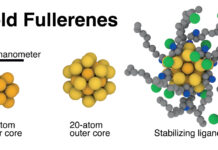
Plastic 3D printing relies on light-sensitive materials that are cured or hardened when exposed to light. Whether that’s FDM, SLA, DLP, or other, newer technologies, these materials are the basis of the final objects we see coming off of 3D printers. Dymax is in the business of manufacturing these light-sensitive materials, which are used for a wide variety of manufacturing technologies in addition to 3D printing.
The company’s materials include adhesives, coatings, and oligomers, the latter of which is commonly used in 3D printing applications. Dymax offers, specifically, Bomar oligomers, which are designed for formulating SLA, DLP, and inkjet 3D printing materials. These oligomers have several different varieties that lend themselves to varying 3D printing applications, with different viscosities for varying flow characteristics. We recently spoke with David B. Robitaille, Business Development Manager, Oligomers and Coatings, Global, at Dymax to learn more about these versatile materials.
What is an oligomer?
“Oligomers are molecules that are larger than a monomer (single repeating chemical unit), but smaller than a polymer (many repeating chemical units). At room temperature conditions, most monomers are free-flowing liquids, polymers tend to be solid, but oligomers can range from a viscous consistency like oil or honey up to a thick paste like peanut butter.”
Read more: Oligomers, the Foundation of Many 3D Printing Materials
thumbnail courtesy of 3dprint.com











